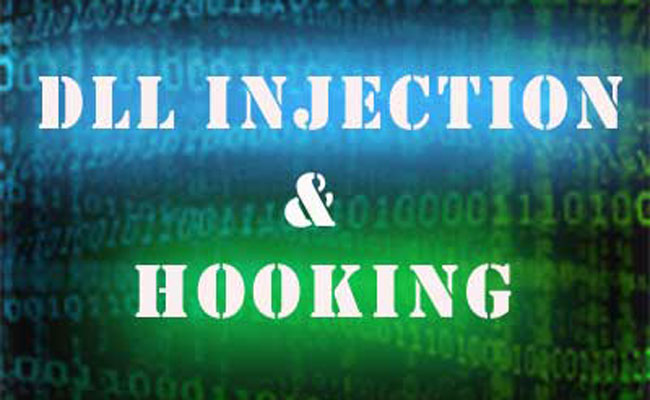This article is devoted to an approach for setting up local Windows API hooks. This article will also provide you with a DLL (dynamic link library) injection example: we will demonstrate how you can easily hook the system network adapter enumerator API call to manipulate the returned network adapter info.
Overview
Hooking covers a range of techniques for altering or augmenting the behavior of an operating system, application, or other software components by intercepting API function calls, messages, or events passed between software components. Code that handles such interception is called a hook.
At Plexteq, we develop complex networking and security applications for which we use low-level techniques such as hooking and injection. We would like to share our experience in this domain.
Some of the software applications that utilize hooks are tools for programming (e.g. debugging), antimalware, application security solutions, and monitoring tools. Malicious software often uses hooks as well; for example, to hide from the list of running processes or to intercept keypress events in order to steal sensitive inputs such as passwords, credit card data, etc.
There are two main ways to modify the behavior of an executable:
- through a source modification approach, which involves modifying an executable binary prior to application start through reverse engineering and patching. Executable signing is utilized to defend against this, preventing code that isn’t properly signed from being loaded.
- through runtime modification, which is implemented by the operating system’s APIs. Microsoft Windows provides appropriate harnesses for hooking the dialogs, buttons, menus, keyboard, mouse events, and various system calls.
API hooks can be divided into the following types:
- Local hooks: these influence only specific applications.
- Global hooks: these affect all system processes.
In this article, we’ll go over the hook technique for Windows that belongs to the local type done through a runtime modification using C/C++ and native APIs.
#security #injection #dll #hook #win32 api #api
